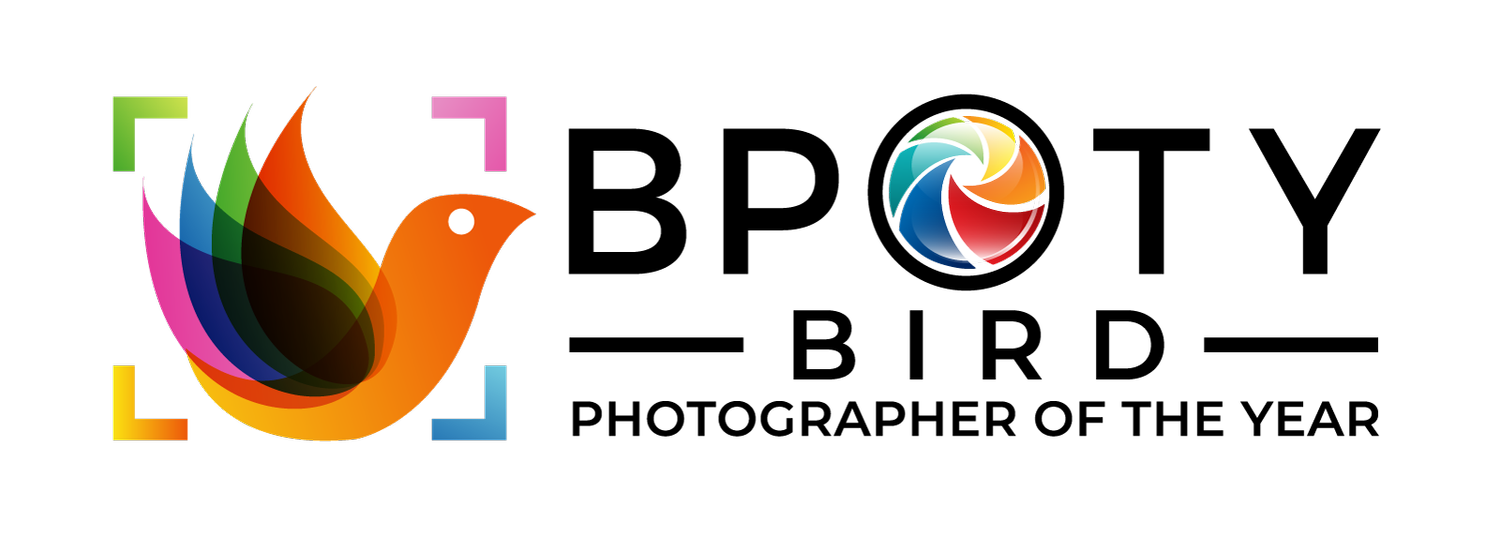11. Ethics
Bird photographers often find themselves in a privileged position, staring through the lens at an avian miracle of nature, and developing a level of intimacy with their subject that most casual birdwatchers never achieve. But with privilege comes responsibility and a duty of care for the birds they photograph. Sometimes photographers overstep the mark due to a lack of fieldcraft: a failure to recognise the warning signs of alarm and distress. Become a better birdwatcher is good advice. But sometimes it is basic manners that cause issues: show consideration for other photographers and birdwatchers as well as for the birds.
a. Nest photography
Look at images of birds taken 50 years ago and you will be struck by the prevalence of nest photographs. This is understandable because the limitations of camera and film technology at the time meant that it was only possible to get close to some species while they were breeding. Today, nest photography has fallen out of fashion and perhaps rightly so. It inevitably causes some degree of stress, and there is always a possibility that telltale alarm signs will alert nest predators. However, there are exceptions and capturing this unique aspect of bird biology has its rewards.
With garden-nesting species disturbance can sometimes be kept to a minimum. But the potential for giving away the location of the nest to nest-raiders such as domestic cats and Magpies, always needs to be borne in mind.
Where seabird colonies are managed for visitors they can provide unrivalled opportunities for photography, with the birds almost indifferent to a photographer’s presence. But if you visit a seabird colony that lacks any formal monitoring then always put the welfare of the birds first. Cause a Guillemot to abandon its nest ledge and you increase the chances of its egg or chick being snatched by a gull. Sit too close to a Puffin’s burrow and any hesitation in its approach will increase the chances of it being robbed of food for its chick.
Taken in the 1990s, in the days of film, this Ibisbill was photographed at the nest high in the Himalayas, near Langtang in Nepal. At the time it was one of just a few images of the species breeding, and the project helped document its semi-colonial nesting habits. Sadly, the entire area was destroyed in the 2015 earthquake. ©Paul Sterry/BPOTY
Treated with the respect they deserve, breeding seabirds such as this Razorbill make perfect photographic subjects. ©Paul Sterry/BPOTY
b. Playback
This involves playing a recording of a bird’s song or call to attract it. For anyone who has participated in rainforest birding then the approach will be familiar, and bird ringers routinely use ‘tape-luring’ to catch birds in mist nets. But the use of playback is frowned upon as a technique for bird photographers.
Playback results are a bit hit and miss but when the technique works a bird will often overcome its natural fear of humans. The fact that hunters use playback to attract quarry species close enough to kill adds a slightly unsavoury twist to the tale. Few serious photographers are likely to admit to having used it, but in reality most will have experimented with playback at some point in their careers.
Most problems with playback arise from misuse and overuse. Obviously it should never be used in the breeding season. Even outside the breeding season, examine your conscience first: if you use it, use it briefly and never where there is a risk another photographer or birdwatcher will come along and try the same technique on the same bird; or where the bird in question is put at risk by becoming too visible.
With certain species and in particular locations, birds will happily sing of their own accord without resorting to taunting them with playback. For example, Bluethroats in arctic Norway are often indifferent to people, making them ideal for photography. ©Paul Sterry/BPOTY
c. Feeding birds
There are negative aspects to feeding birds, even in the garden: although there is an immediate benefit to individual birds, artificial feeding alters natural behaviour and concentrates birds, creates a dependency on a limited food supply, and has the potential to result in an incomplete diet. Even the seemingly innocent activity of feeding hummingbirds with sugar-water is coming under scrutiny in Costa Rica, where normally hummingbirds are the most significant pollinators of native flowering trees and shrubs (visiting flowers for nectar and inadvertently acting as pollinators). Where feeders are deployed in large numbers, hummingbirds abandon natural feeding habits with a demonstrable impact on pollination and reproduction of rainforest trees in the vicinity.
The use of dead mice to attract and photograph northern owl species in the winter polarises opinions; and using live mice for the same pursuit strays into the realms of animal cruelty and affects the welfare of the subject as well – training owls to associate people with food sources is seldom in their best interest. Whatever the situation, it is hard to justify killing animals purely for the personal gratification of taking a photo. But people seldom raise an eyebrow with seabird chumming (often fish are caught, killed and macerated primarily for the benefit of people). And the use of live Minnows, tanked to attract Kingfishers for photography, is widely accepted.
It is possible to get winter images of Hawk Owls using fieldcraft: the species typically ‘does the rounds’ of regular perches in an established territory. What you are unlikely to get though are the ‘flying right at you’ shots obtained by resorting to the contentious method of ‘fishing’ for them with mice. ©Paul Sterry/BPOTY




